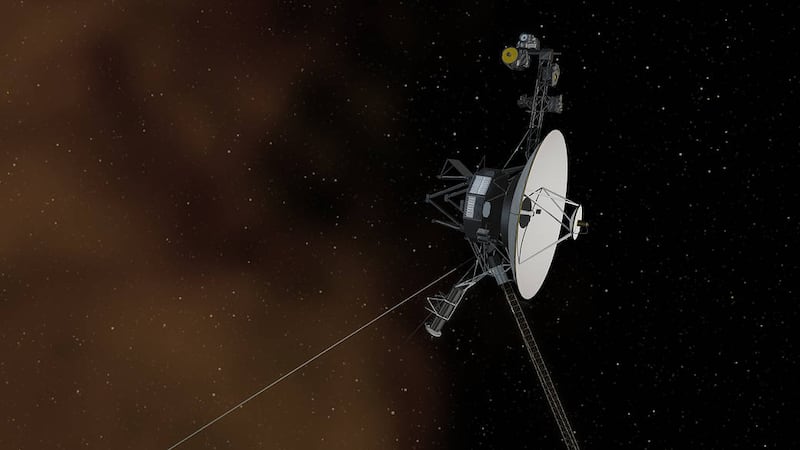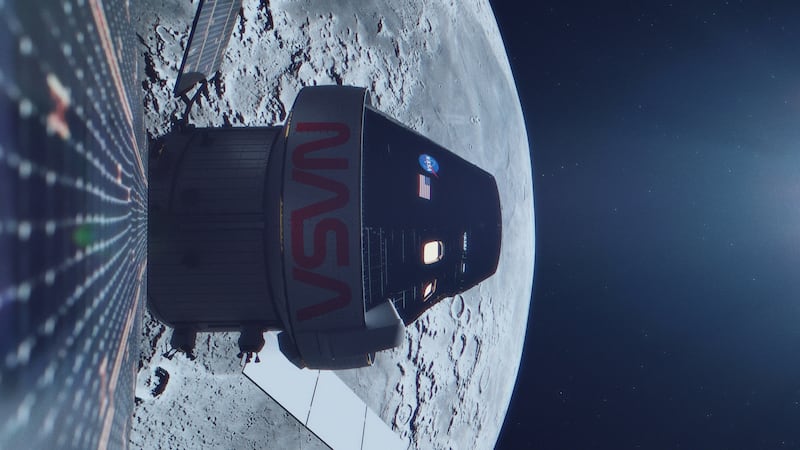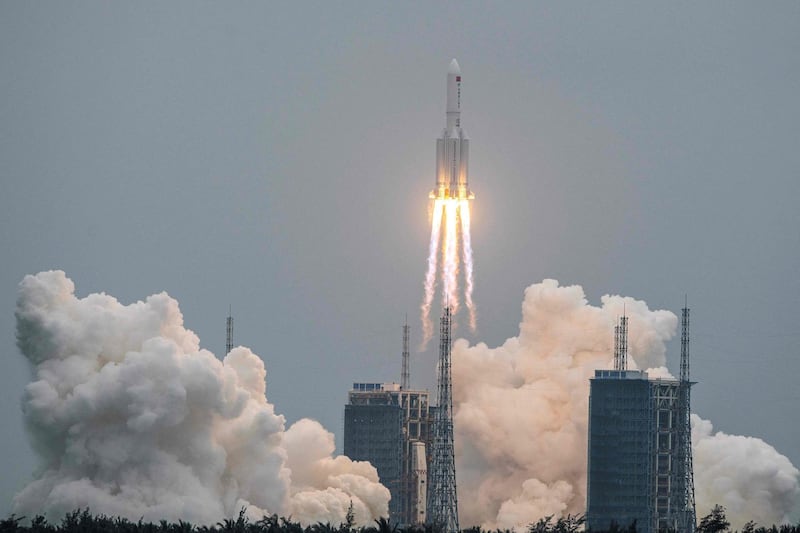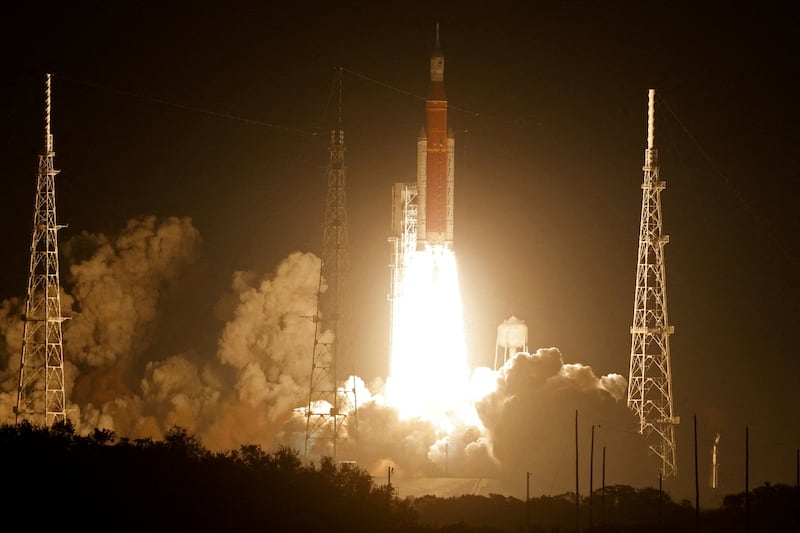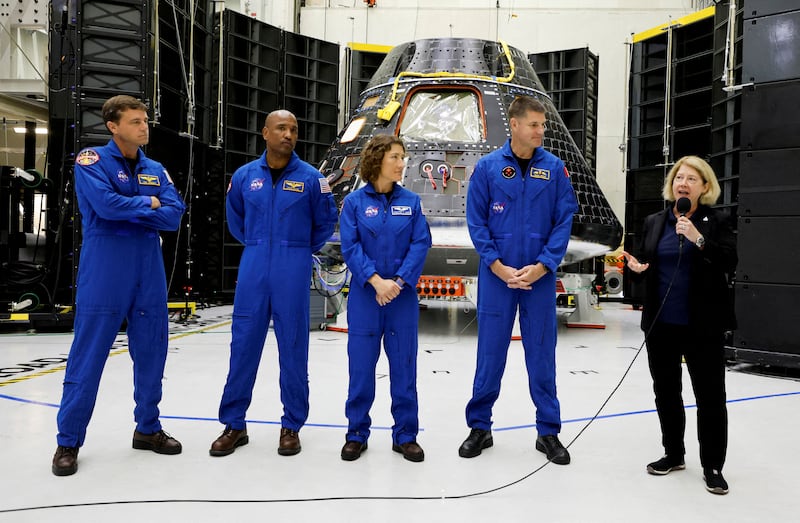Scientists are hopeful of collecting fresh data from the Voyager 1 deep space probe after it beamed back its first signals in five months.
The pioneering craft, which launched in 1977, was the first to enter interstellar space, the region beyond the solar system.
But Nasa engineers at mission control in California lost contact with it on November 14 due to a fault with one of its three on-board computers.
The technical issue caused Voyager 1 to send indecipherable messages for months, rendering the engineering and scientific data unusable.
But now, after receiving readable signals from the craft, engineers at the Jet Propulsion Laboratory (JPL) believe they may be able to recover the data entirely so that scientific operations can resume.
"For the first time since November, Nasa’s Voyager 1 spacecraft is returning usable data about the health and status of its on-board engineering systems," JPL said in a statement.
Voyager 1 has travelled 24 billion km since it was launched, making it and its twin Voyager 2 the two longest-serving spacecraft in history.
What do Voyager 1's latest signals mean?
The problem occurred in the flight data subsystem (FDS), which is responsible for packing the science and engineering data before it is sent back to mission control.
But the chip that stores the memory from the subsystem, including some of its software code, was not working.
Because that code was lost, it caused the spacecraft to send back unreadable data.
Last month, engineers came up with a plan to divide the affected code into sections and store these separately in the FDS.
The plan worked and Voyager 1 sent readable signals for the first time in five months.
Resuming operations
"During the coming weeks, the team will relocate and adjust the other affected portions of the FDS software," JPL said.
"These include the portions that will start returning science data."
Scientists are interested in learning about interstellar space to better understand the universe and possibilities of life beyond Earth.
Nasa has been studying exoplanets – those outside the solar system – for decades, using telescopes.
But no spacecraft has entered interstellar space apart from the Voyager probes.
The spacecraft are providing direct measurements of the mysterious environment, which should help the scientific community study cosmic rays and radiation levels outside the solar system.
Data as such could prove useful when technology is advanced enough to send more spacecraft or even a human mission to interstellar space.
While it was an incredible achievement by the Voyager probes, still no technology can reach our nearest star, Proxima Centauri, which is 4.2 light years away.
With power supplies weakening, it is impossible for Voyager 1 to reach Proxima Centauri, which would take the probe almost 73,000 years.
Nuclear fusion propulsion, a way of powering a spacecraft using high-energy particles created by fusion reactions, could help in making such missions more time-efficient and therefore possible.
